Frequently asked questions
Company News
- Aluminum veneer curtain wall: the fashionable "coat" of modern architecture
- Aluminum veneer customization, creating an exclusive personalized space
- Customized aluminum veneer, creating a new choice for personalized space!
- Aluminum veneer customization, creating personalized space and new fashion!
- Punched aluminum veneer: the fashionable choice in modern architecture?
Industry dynamics
- Aluminum veneer punching, the new darling of creative space!
- How to match the color selection of punched aluminum veneer?
- How to maintain and upkeep aluminum veneer?
- High performance punched twisted aluminum veneer
- Material and process analysis of imitation wood grain aluminum curtain wall
Frequently asked questions
- How to improve the sound insulation performance of aluminum veneer?
- How to improve the insulation performance of aluminum veneer?
- How to improve the fire resistance of aluminum veneer?
- What is the fire resistance of aluminum veneer?
- What are the surface treatment methods for aluminum veneer?
contact us
Mobile phone: 15627778610
Email: 2201229786
Address: No. 5 Binjiang Road, High tech Zone, Zhaoqing City
What is the insulation performance of aluminum veneer?
- Author: Xinlongtai Aluminum Industry (Guangdong) Co., Ltd
- Release time: February 25, 2025 18:57:45
- Click:0
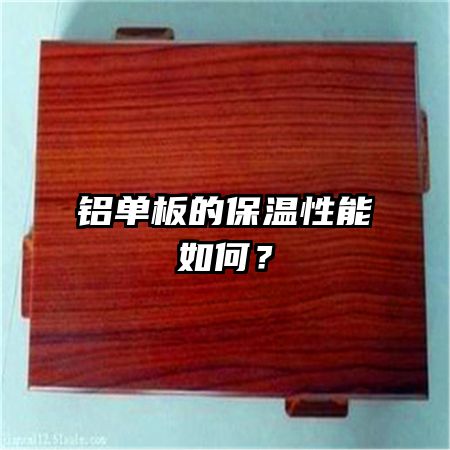
What is the insulation performance of aluminum veneer?
Abstract: This article will elaborate on the insulation performance of aluminum veneer from four aspects, including material selection, insulation layer design, construction technology, and practical application.
1、 Material selection
1. Aluminum alloy materials have low thermal conductivity, which can effectively reduce heat conduction and improve insulation performance.
2. The surface coating of aluminum veneer is made of materials with high spectral reflectance and emissivity, which can reduce heat absorption and decrease the absorption and transmission of heat.
3. The selection of insulation material should consider its thermal conductivity and stability to achieve good insulation effect.
2、 Insulation layer design
1. Using insulation layers for insulation design can effectively reduce heat loss and improve overall insulation capacity.
2. The selection of insulation layer materials should have good insulation performance and durability to ensure long-term stable insulation effect.
3. The thickness and structural design of the insulation layer should be adjusted reasonably according to specific needs and environmental factors to improve insulation performance.
3、 Construction technology
1. Reasonably arrange construction processes and procedures to ensure a tight connection between the insulation layer and the aluminum veneer, reducing heat leakage.
2. Strictly control the gaps and loopholes in the construction process to prevent heat from escaping through small gaps and affecting the insulation effect.
3. During the construction process, attention should be paid to maintaining good thermal bridge fracture, reducing thermal conduction paths, and improving insulation performance.
4、 Practical application
1. Aluminum veneer is widely used in exterior wall decoration of buildings, and its excellent insulation performance can effectively reduce the energy consumption of buildings.
2. The reliability and durability of aluminum veneer insulation materials have been verified through practical applications, and they have long-term stable insulation effects.
3. In practical applications, it is necessary to comprehensively consider the impact of factors such as building environment and climate conditions on insulation performance, and make reasonable choices and adjustments.
5、 Summary:
In summary, aluminum veneer has good insulation performance. By selecting appropriate materials, designing insulation layers, and implementing construction techniques, the insulation effect can be effectively improved. In practical applications, aluminum veneer plays an important role in building exterior wall decoration, contributing to energy conservation and emission reduction.

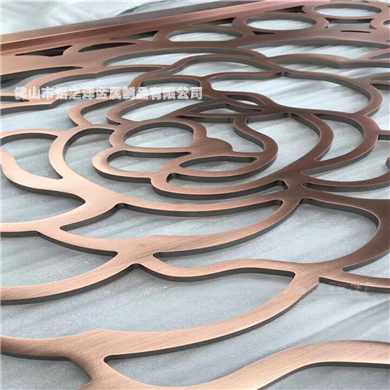
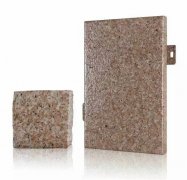
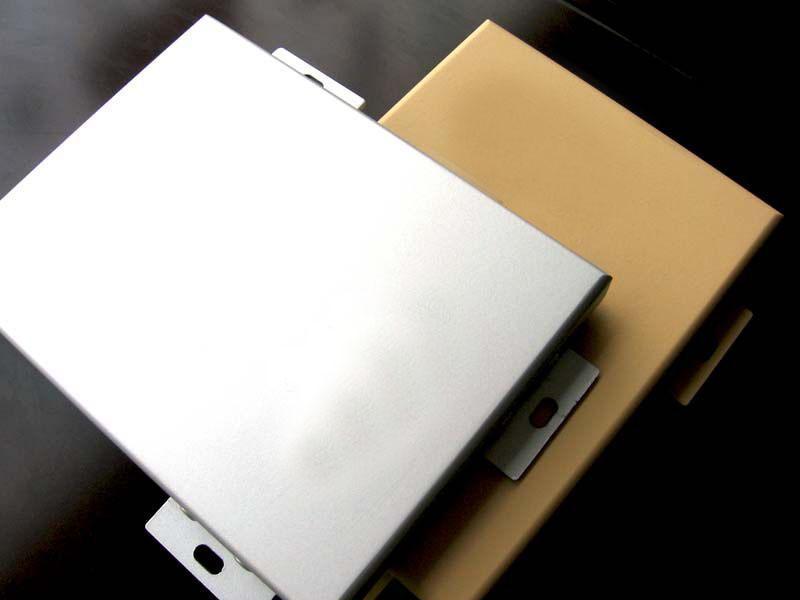

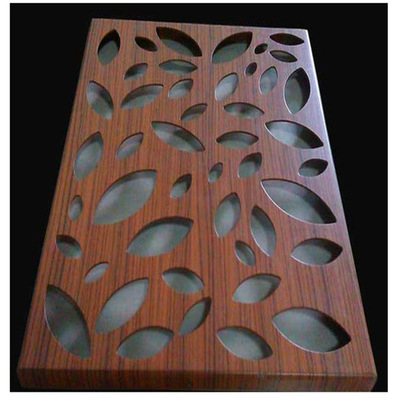

 Customer service QQ
Customer service QQ